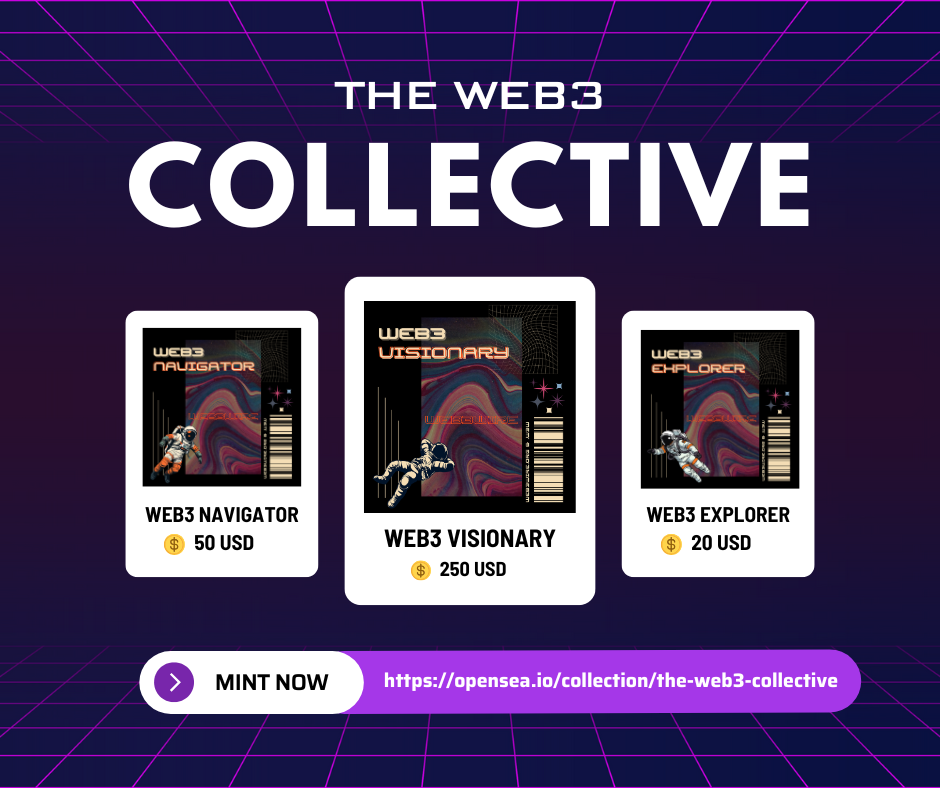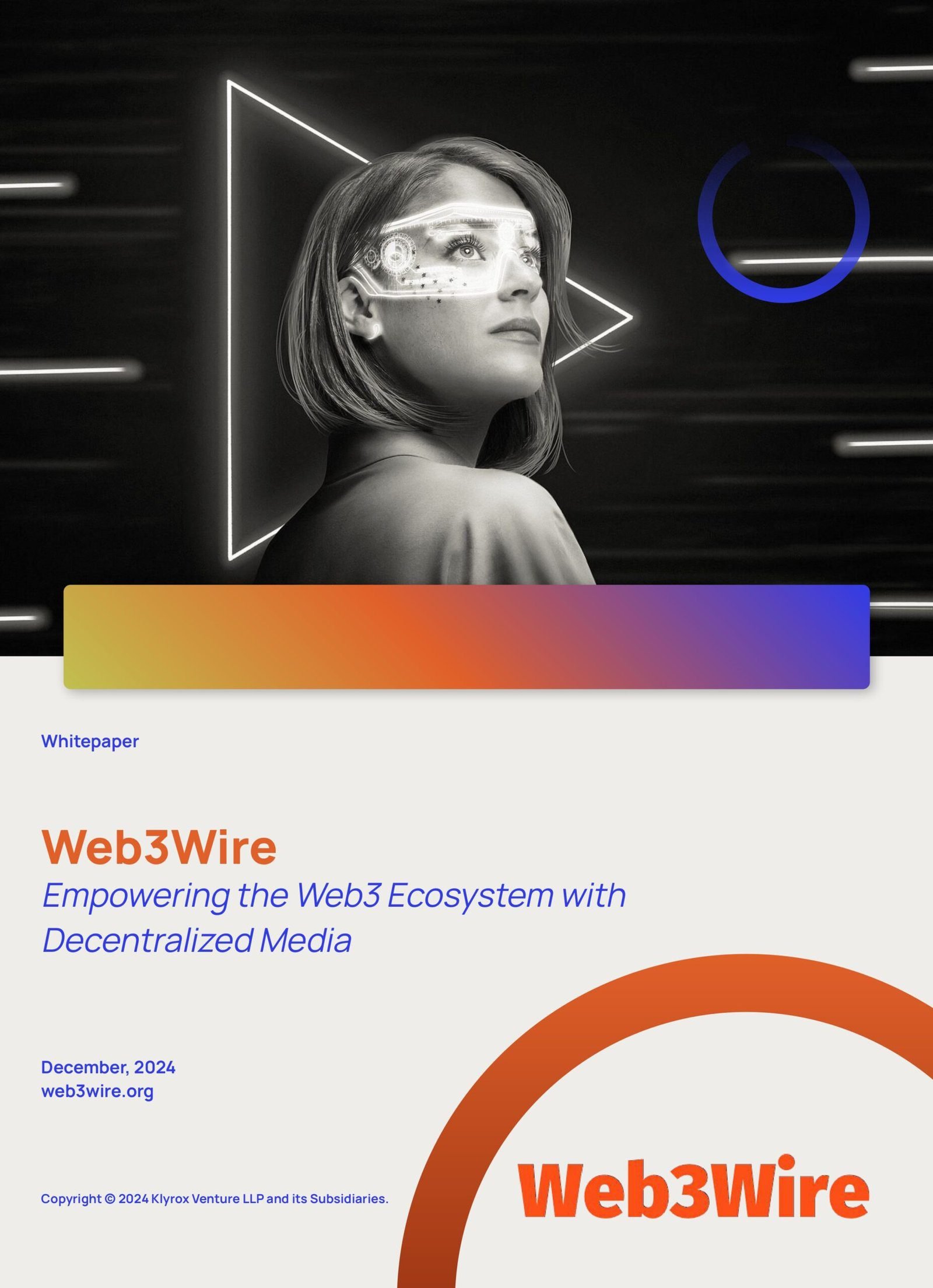
Top 5 Cryptos Shaping Layer-2, Payments, and Web3 by 2025
The rapidly evolving world of cryptocurrency is set to revolutionize numerous sectors by 2025, driven primarily by advancements in Layer-2 scaling, decentralized payments, and Web3 innovations. As the quest for scalability, reduced transaction costs, and widespread adoption continues, certain cryptocurrencies stand out for their groundbreaking contributions to these fields. Let’s delve into the top five digital currencies that are paving the way for the future.
1. Polygon (MATIC): Elevating Layer-2 Solutions
Polygon, formerly known as Matic Network, consistently ranks as a frontrunner in the realm of Layer-2 scaling solutions. Built on the Ethereum blockchain, Polygon addresses the pressing issue of scalability, which is crucial for wider adoption and usability of Ethereum-based projects.
Why Polygon is a Game Changer
- Improved Transaction Speeds: Polygon drastically enhances transaction throughput, offering speeds of up to 65,000 transactions per second.
- Cost-Effective Transactions: Utilizing sidechains, Polygon significantly reduces transaction fees.
- Developer Support: Its robust developer-friendly infrastructure has attracted numerous applications and projects, thereby enriching the ecosystem.
With these traits, Polygon is not only instrumental to Layer-2 scaling but also crucial for the overarching success of Ethereum in addressing scalability challenges.
2. Solana (SOL): Redefining Decentralized Payments
Renowned for its blazing-fast transaction speeds, Solana is revolutionizing decentralized payments. Positioned as one of the most efficient blockchains, Solana is embraced for its low costs and high throughput.
The Impact of Solana on Decentralized Finance
- Scalability: Solana is capable of processing up to 65,000 transactions per second, offering unparalleled efficiency.
- Reduced Latency: With transaction confirmation times as low as 400 milliseconds, Solana ensures swift operations.
- Thriving Ecosystem: Its rapidly expanding DeFi ecosystem showcases a myriad of applications, from exchanges to lending platforms.
With its scalability and low transaction fees, Solana is a pivotal force in driving mainstream adoption of decentralized payments.
3. Ethereum (ETH): The Backbone of Web3 Innovation
Ethereum remains a cornerstone of the cryptocurrency landscape, primarily due to its pioneering position in smart contract functionalities and DApps development—central to Web3 innovation.
Ethereum’s Continued Importance
- Smart Contracts: Ethereum’s ability to automate agreements without intermediaries is essential for Web3 transactions.
- Layer-2 Integrations: It supports multiple Layer-2 solutions, further boosting scalability and adoption.
- Vibrant Developer Community: Ethereum’s large community drives constant innovation, making it indispensable for future advancements.
Its foundational role in smart contract capabilities and developer support ensures Ethereum remains a driving force in Web3 growth and adoption.
4. Polkadot (DOT): The Innovator in Cross-Chain Communication
Polkadot introduces a novel approach to blockchain interoperability, enabling seamless cross-chain communication—a crucial factor for the future blockchain ecosystem.
Key Benefits of Polkadot
- Interoperability: Polkadot enables different blockchains to transfer messages and value without intermediaries.
- Scalability Improvements: Its multi-chain network boosts scalability by processing multiple transactions on parallel chains.
- Strong Governance: Enhanced on-chain governance allows stakeholders a powerful role in shaping its future.
Polkadot’s unique approach to interoperability is paramount for a future where blockchain ecosystems must collaborate seamlessly.
5. Chainlink (LINK): Bridging Real-World Data with Blockchain
A leader in oracles, Chainlink facilitates the integration of external data into smart contracts, bridging off-chain and on-chain worlds. This capability is crucial for the implementation of real-world applications in decentralized environments.
The Role of Chainlink in Web3
- Data Accessibility: Chainlink’s oracles provide smart contracts with access to real-time data and APIs.
- Security: By ensuring data reliability and authenticity, Chainlink upholds the integrity of blockchain transactions.
- Adoption Across Industries: Chainlink’s services are being adopted across industries including finance, insurance, and healthcare.
By offering a reliable way to connect real-world data with blockchain, Chainlink plays a crucial role in realizing the full potential of Web3 applications.
Conclusion
The future of cryptocurrency by 2025 hinges on the continuous development and adoption of scalable, interoperable, and secure solutions. The top five cryptos—Polygon, Solana, Ethereum, Polkadot, and Chainlink—are at the forefront, each contributing uniquely to Layer-2 advancements, decentralized payments, and Web3 innovations. As these technologies and ecosystems evolve, they will undoubtedly shape the next wave of digital evolution, impacting every sector reliant on blockchain’s transformative potential.
“`







